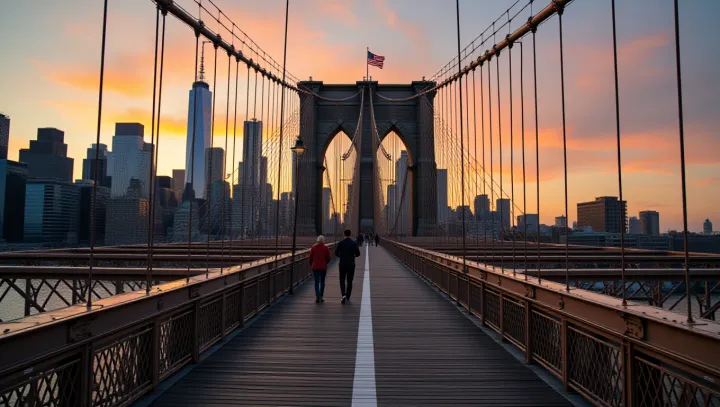Iconic Crossing: Linking Manhattan and Brooklyn

The Brooklyn Bridge, an enduring symbol of architectural ingenuity, serves as the first roadway to unite the once-separate cities of Manhattan and Brooklyn. Standing proudly over the East River, this masterpiece transformed the burgeoning metropolis of New York by introducing a vital link that eased transportation and enhanced economic growth. Constructed in the late 19th century, the bridge emerged from the vision of John A.
Roebling, whose innovative use of steel-wire suspension brought a blend of elegance and strength. The project faced numerous challenges, including harsh working conditions and Roebling's untimely death, but was carried on by his son, Washington Roebling, and daughter-in-law, Emily Warren Roebling. From its completion, the Brooklyn Bridge has captured the imagination of New Yorkers and visitors alike, not only for its majestic granite towers and sweeping cables but also for its historical significance.
It stands today as both a functional passage and a symbol of the unyielding determination and creativity of its engineers. Over the years, the bridge has witnessed countless historical events, serving as a backdrop to the ever-evolving skyline of New York. Its presence continues to inspire both residents and tourists, offering a panoramic vista of the city's iconic architecture.
As an enduring piece of New York's history, the Brooklyn Bridge remains a testament to the foresight and skill ingrained in its conception.
